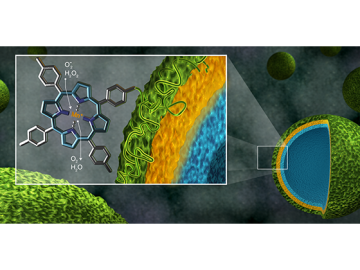
Filter News
Area of Research
- Advanced Manufacturing (8)
- Biological Systems (3)
- Biology and Environment (8)
- Building Technologies (3)
- Computational Biology (1)
- Computational Engineering (1)
- Computer Science (8)
- Energy Frontier Research Centers (1)
- Energy Science (108)
- Fossil Energy (1)
- Fuel Cycle Science and Technology (1)
- Fusion Energy (7)
- Materials (107)
- National Security (7)
- Neutron Science (54)
- Nuclear Science and Technology (25)
- Nuclear Systems Modeling, Simulation and Validation (1)
- Quantum information Science (3)
- Sensors and Controls (2)
- Supercomputing (54)
- Transportation Systems (1)
Date
News Topics
- 3-D Printing/Advanced Manufacturing (20)
- Advanced Reactors (8)
- Artificial Intelligence (13)
- Big Data (8)
- Bioenergy (11)
- Biology (1)
- Biomedical (10)
- Biotechnology (1)
- Clean Water (6)
- Composites (5)
- Computer Science (49)
- Critical Materials (1)
- Cybersecurity (8)
- Energy Storage (10)
- Environment (22)
- Exascale Computing (2)
- Frontier (2)
- Fusion (9)
- Grid (8)
- Isotopes (7)
- Machine Learning (5)
- Materials Science (30)
- Mercury (2)
- Microscopy (10)
- Molten Salt (5)
- Nanotechnology (15)
- Neutron Science (31)
- Nuclear Energy (27)
- Physics (15)
- Polymers (7)
- Quantum Science (13)
- Security (9)
- Space Exploration (6)
- Summit (11)
- Transportation (19)
Media Contacts
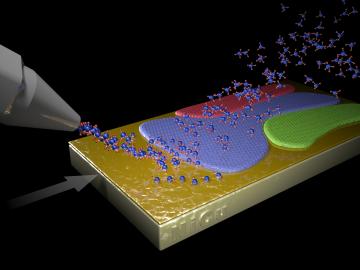
A new method to produce large, monolayer single-crystal-like graphene films more than a foot long relies on harnessing a “survival of the fittest” competition among crystals. The novel technique, developed by a team led by Oak Ridge National Laboratory, may open new opportunities for growing the high-quality two-dimensional materials necessary for long-awaited practical applications.

Last November a team of students and educators from Robertsville Middle School in Oak Ridge and scientists from Oak Ridge National Laboratory submitted a proposal to NASA for their Cube Satellite Launch Initiative in hopes of sending a student-designed nanosatellite named RamSat into...
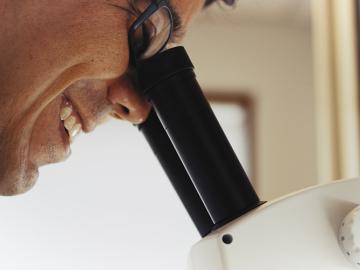
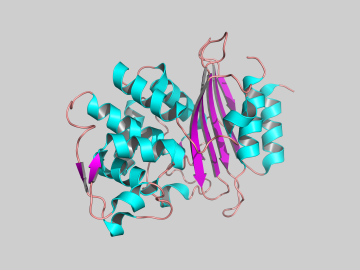
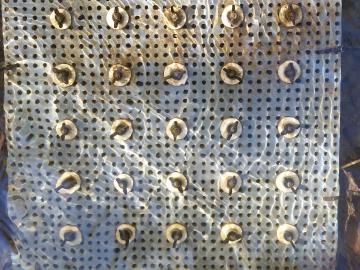
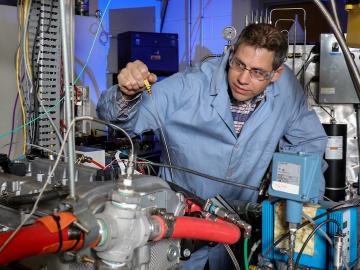
Gasoline-powered automobiles could achieve an 8 percent or greater fuel efficiency gain through a new combustion strategy developed at Oak Ridge National Laboratory. Scientists have demonstrated a new method for reforming fuel over a catalyst, a process that chemically converts fuel ...
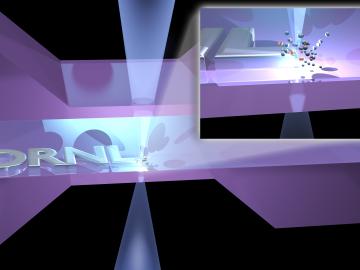

Nuclear scientists at Oak Ridge National Laboratory are retooling existing software used to simulate radiation transport in small modular reactors, or SMRs, to run more efficiently on next-generation supercomputers. ORNL is working on various aspects of advanced SMR designs through s...
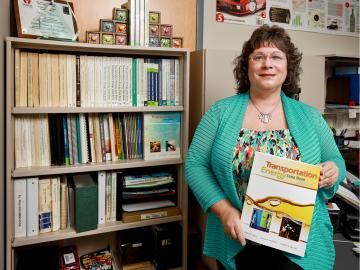
For anyone seeking comprehensive data and analysis regarding the vehicle technology market, all roads lead to Oak Ridge National Laboratory’s Stacy Davis. Unflagging curiosity, an ability to read trends, and an eagle eye for detail are the tools that drive Davis’s work creatin...
